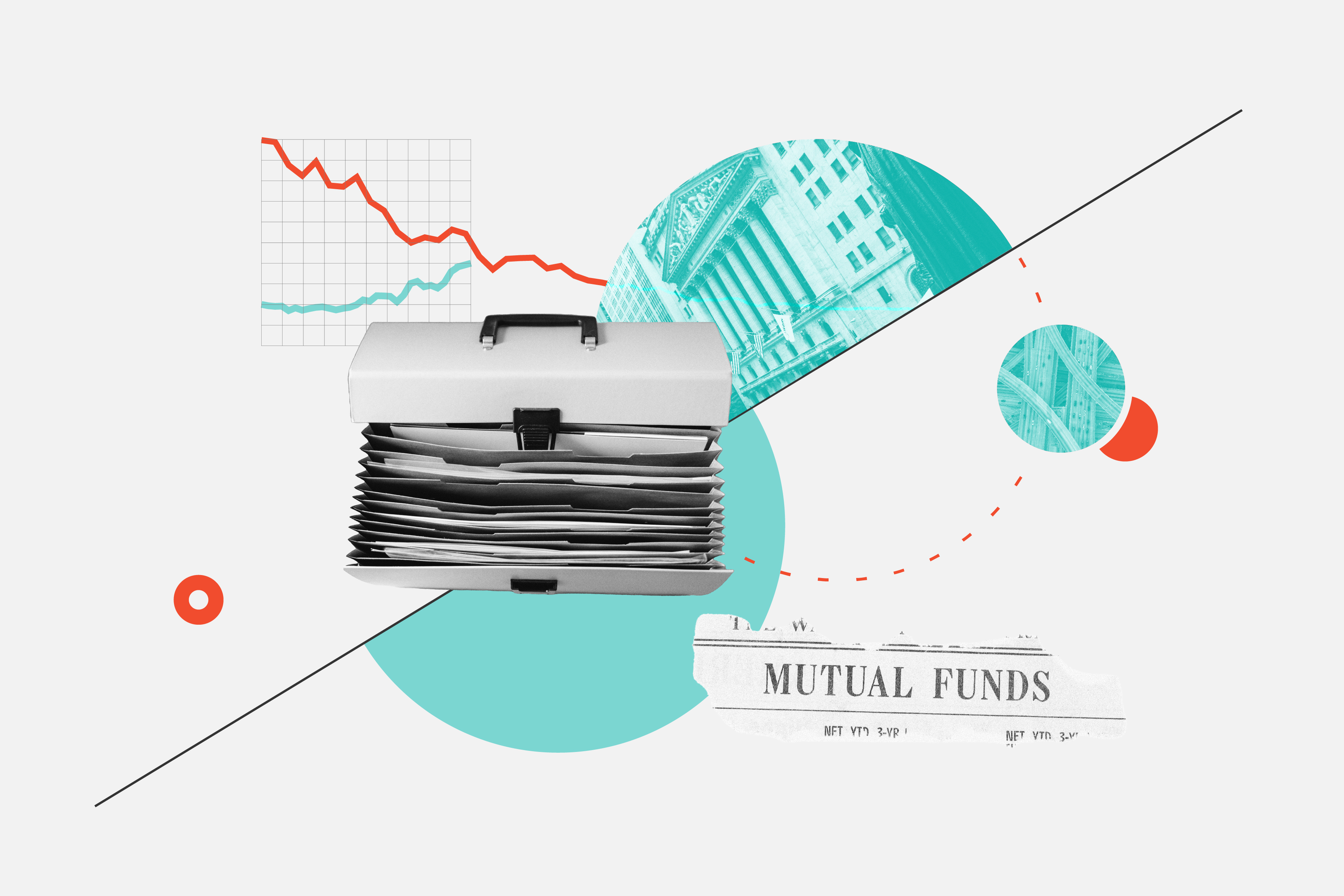Christian Charest: For Morningstar, I'm Christian Charest. It's late January and by now, most Canadians have received their year-end statements for 2014 and they have a pretty good idea of what kind of returns their portfolios have provided. But it's important to look a little bit beyond the numbers and figure out exactly what those numbers mean and that's where the concept of benchmarking comes in. I'm here with Morningstar Canada's director of research, Dr. Paul Kaplan, to talk about the role of benchmarking in the portfolio planning process.
Now, Paul, why is it important for investors to compare their performance to a benchmark?
Paul Kaplan: For many asset classes there are low-cost passive alternatives to active management and a lot of times that comes in the form of an exchange-traded fund or an ETF. These alternatives, such as ETFs, they track a benchmark and they are ready alternatives to the active manager that you're considering.
So, it's important that the active manager have some kind of benchmark or standard by which he is going to be measured against because there is no point in paying for active management if there is a low-cost alternative that you can easily switch to. The burden of proof is on the active manager to demonstrate their superiority over the low-cost alternative benchmark-based investment.
Charest: How do you choose which benchmarks to compare your performance to?
Kaplan: There are several choices. The first one is what's called the prospectus benchmark. Typically, the manager has already chosen a benchmark that represents their broad strategy. So, you look at that and if that's the right sort of benchmark then you can use that. If you don't think it's the right benchmark or if you think that that benchmark was chosen inappropriately, we at Morningstar have two alternatives. One is a category benchmark. Every fund is placed into a category based upon its strategy, its asset class, and other funds that it should be compared against and with that category there is an index or a benchmark. So, that's another one that you can use.
The other possibility is to use what we call the best fit index. What we do here is we run a purely statistical analysis where we take the returns on the manager and we compare that actively-managed fund against a whole host of different indexes and the one with the best statistical fit may provide a good benchmark to compare against. The one caveat is that because it is a purely statistical measure you want to make sure that once you look at that benchmark versus that fund to make sure that it's holding the right set of securities. [You want to ensure] that it is a meaningful choice, not just a purely statistical matter, but it actually has the right type of portfolio.
Charest: Okay. If your performance is significantly different from that of the benchmark how should that be interpreted and what actions, if any, should be taken?
Kaplan: Let's say, month after month, you're getting a performance which is really very different than the benchmark and you've already decided that the benchmark is really the appropriate benchmark, well, that actually maybe a good thing. [The reason being] that it tells you that at least the manager is not a closet indexer, which unfortunately can happen [and that’s when] a manager basically clings to an index, but charges you active fees.
Then you have to sort of see, well, that additional risk that you take in holding a manager who differs substantially from the benchmark, is that risk worth taking? I did an article a while back on risk budgeting. I went into the details about how you take active managers and the fact that they are not exactly tracking their indexes, which they shouldn't, but they are creating what we call active risk and how does it fit into overall risk budget? And is the risk worth taking? That's going to depend upon if you believe that the active management is ultimately going to pay off with a higher return.
Charest: Thank you very much, Paul. For more on Morningstar's RRSP Checkup Week, please click on the links right below the video player.




















